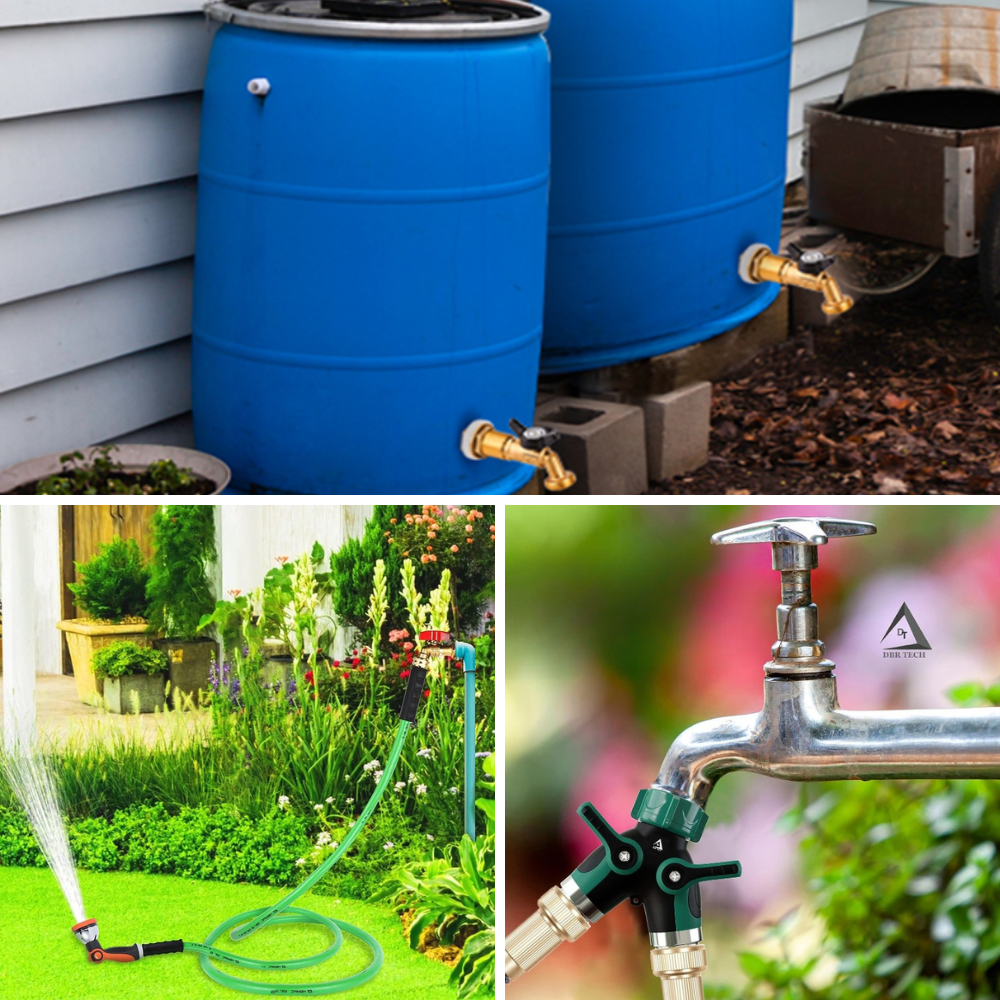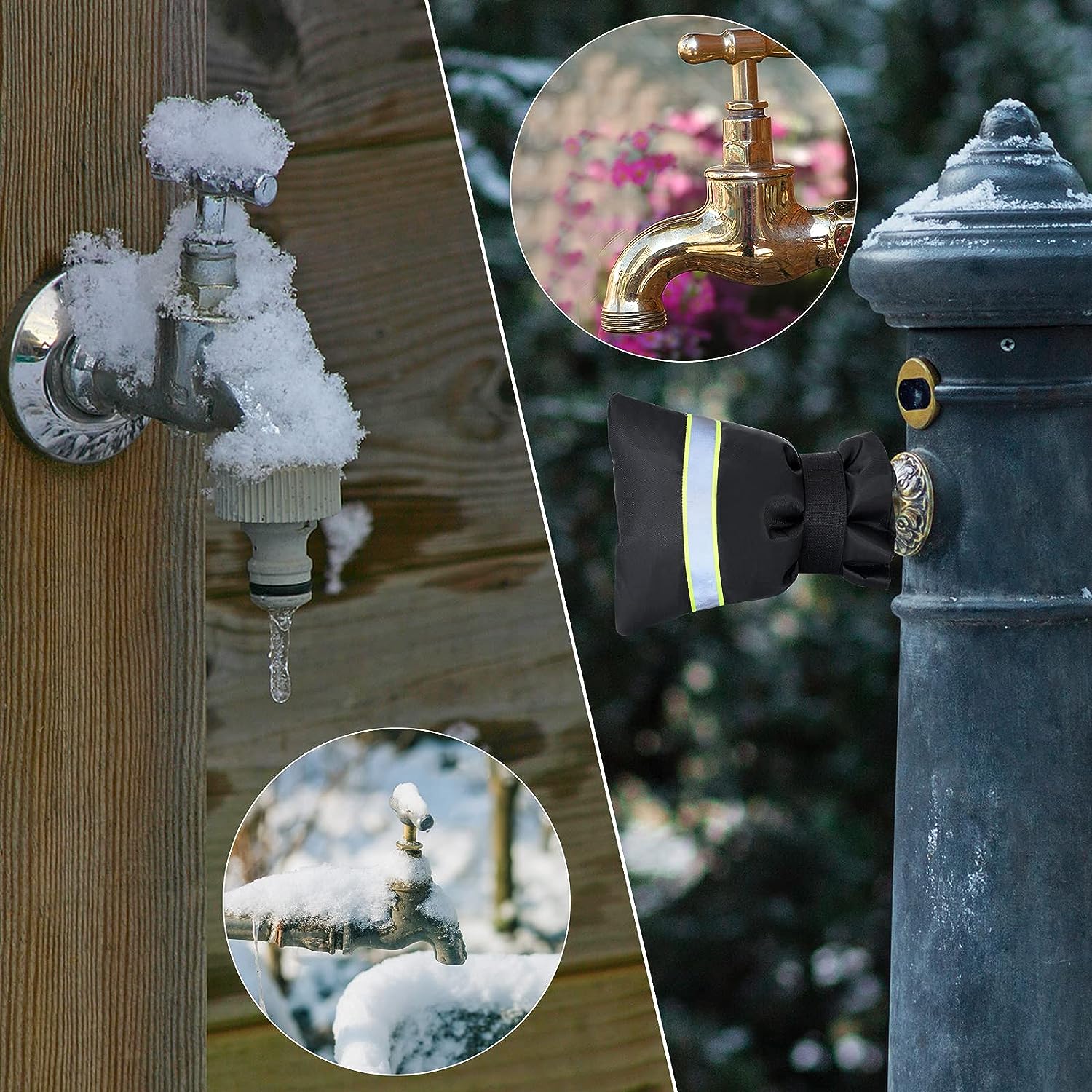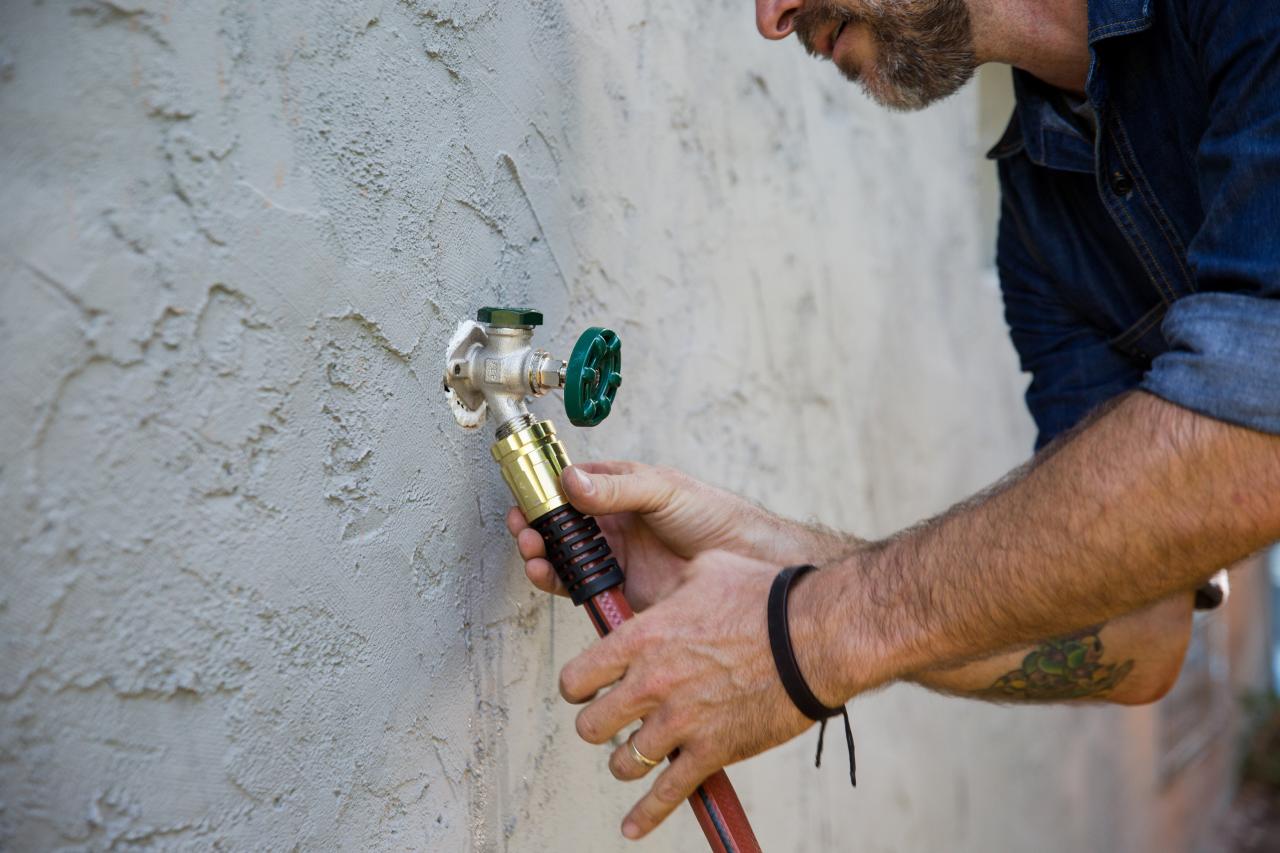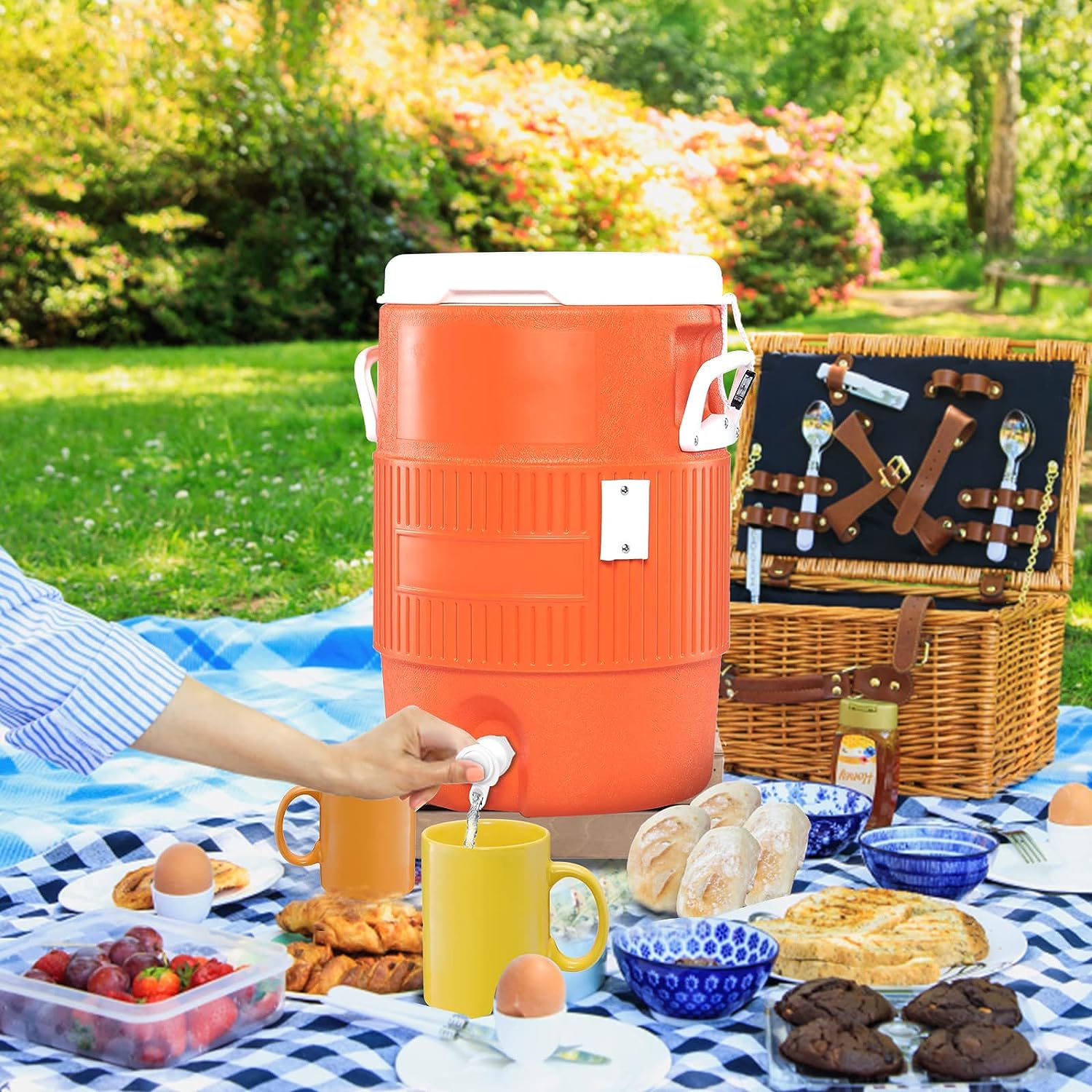Hose spigots are essential components in home gardening and landscaping, outdoor cleaning, and other outdoor activities that require water access. They come in various types, sizes, and materials to cater to different water flow and pressure needs. Hose spigots also vary in installation methods, location, and attachments. Thus, it's crucial to have a basic understanding of hose spigots, including their types, uses, tips, and maintenance, to ensure their optimal performance and longevity. In this blog post, we'll dive into the world of hose spigots and everything you need to know about them.
Types of Hose Spigots
Hose spigots are classified based on their material and size. Generally, hose spigots are made from brass, copper, plastic, steel, and sometimes aluminum or zinc. Brass and copper hose spigots are more durable, less prone to corrosion, and withstand high water pressure better than plastic or steel types. Plastic and steel hose spigots are lightweight, affordable, and easy to install, but they may crack or break when exposed to extreme weather or pressure fluctuations.
Hose spigots also vary in size, with ¾-inch and ½-inch being the most common. The size of the hose spigot affects the water flow and pressure, with a larger hose spigot allowing more water to flow and delivering higher pressure.
Uses of Hose Spigots
Hose spigots are primarily used for outdoor water access, whether for watering plants, filling ponds or pools, washing cars, or cleaning patios, sidewalks, and driveways. Hose spigots are often installed on the exterior walls of homes, near gardens, or in other convenient locations to provide easy access to water.
Hose spigots can also serve as emergency water sources in case of power outages or natural disasters, providing access to clean water when the regular water or supply line is disrupted.
Tips for Hose Spigot Maintenance
Proper and regular maintenance is essential to keep hose spigots in top condition. Here are some tips to keep in mind:
- Inspect hose spigots for leaks, cracks, or other damage and repair or replace them as needed.
- Drain and disconnect hoses from the spigots during winter to prevent damage from freezing.
- Clean hose spigots regularly to remove debris, dirt, and mineral build-up that can clog them or affect the water flow.
- Lubricate the spigot valve stem with a silicone-based lubricant to prevent seizing or sticking.
- Consider adding a hose bib cover or insulation sleeve to protect the hose spigot from extreme temperatures, sunlight, and weather conditions.
Hose Spigot Installation
Hose spigot installation may vary depending on the type of spigot, location, and wall material. Generally, professional installation is recommended, especially for outdoor hose spigots, to ensure proper alignment, anchoring, and sealing. However, DIY installation is also possible with the right tools and materials.
Before installing a hose spigot, it's essential to choose the right location, taking into account factors such as water pressure, convenience, and accessibility. It's also crucial to consider the height of the spigot, which should be high enough to accommodate different hose lengths, valves, and attachments.
Troubleshooting Common Hose Spigot Issues
Sometimes, despite proper maintenance, hose spigots may encounter issues such as low water pressure, leaks, or rust. Here are some common problems and solutions:
- Low water pressure: Check for clogs or obstructions in the spigot, hoses, or attachments. Also, check the water pressure valve and adjust it as needed.
- Leaks: Tightening the hose connection or replacing damaged gaskets or washers may solve the issue. If the spigot itself is leaking, consider replacing it entirely.
- Rust: Rust may affect the appearance and functionality of the hose spigot. Consider using a rust remover and repainting the spigot, or replacing it if the rust has extensively damaged it.

FAQs About Hose Spigots
What is a hose spigot called?
A hose spigot, also known as a hose bib or a house or garden tap, is a plumbing fixture that is used to control the flow of water from a hose or pipe. It is typically installed outdoors and can be used to control the flow of water from a hose or pipe.
What is the difference between a spigot and a Bibb?
A spigot is a type of faucet that is typically used in outdoor applications, such as a garden hose or faucets on a rain barrel. It is typically made from brass and has a threaded end that can be connected to a garden hose or other type of pipe.
A Bibb is a type of faucet that is typically used in indoor applications, such as a bathroom or kitchen sink. It is typically made from stainless steel and has a threaded end that can be connected to a sink or other type of pipe. The main difference between a spigot and outdoor faucet and a Bibb is that a Bibb has a shut-off valve built into it, which allows you to control the flow of water.
How do you replace a spigot on a hose?
Replacing a spigot on a hose is a relatively simple process. First, you will need to turn off the water supply and disconnect the old spigot from the hose. Then, you will need to install the new spigot. If the spigot is threaded, you will need to use a wrench to tighten it securely. If it is a compression fitting, you will need to ensure that the gasket is properly seated and the nut is securely tightened. Finally, you will need to turn the water supply back on and check for leaks.
What size are most hose spigots?
Most hose bibbs and spigots are 3/4 inch in size. This is the standard size for most residential hose bibs and is the size that most garden hoses and fittings are designed for. It is important to check the size of your spigot before purchasing any fittings or hoses to ensure a good fit.
What is the difference between a spicket and a spigot?
The terms spigot and spicket are often used interchangeably to refer to a device used to control the flow of a liquid or gas. A spigot is a valve or tap that is usually located at the end of a pipe or tube, while a spicket is a small faucet or tap that is typically used for outdoor purposes such as watering plants. Both spigot ball valves and spickets can be used to control the flow of liquids and gases, but spickets are typically used for smaller applications such as garden hoses.
What is the difference between a spigot and a tap?
A spigot is a type of faucet that has a ball valve that is used to control the flow of liquid such as water or oil. It typically has a handle that is used to open and close the valve, allowing for the flow of liquid.
A tap, on the other hand, is a type of faucet that is used to dispense liquid from inside a container. It typically has a lever or knob that is used to open and close the valve, allowing for the flow of liquid.
Hose spigots are an essential outdoor water access point and require proper understanding, maintenance, and care to ensure optimal performance and longevity. Whether choosing the right type, installing, troubleshooting, or maintaining the hose spigot, knowing the key factors and tips can make a difference in how well it functions and lasts. By following the guide above, you can be confident in your hose spigot's performance and durability, and be ready to tackle any outdoor water task with ease.












